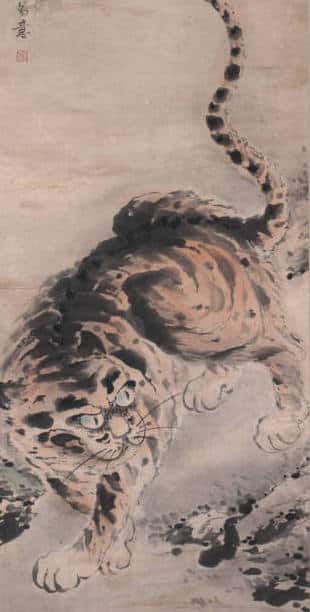
Harn at Home
Sijo Printable Poem Activity
Printable Poem Activity Make your own sijo (traditional form of Korean poetry) inspired by Seok Mo Ro-in’s Tiger.
Our educators and curators are dedicated to offering programs and resources that will encourage visitors of all ages to interact and be more engaged with Harn exhibitions.
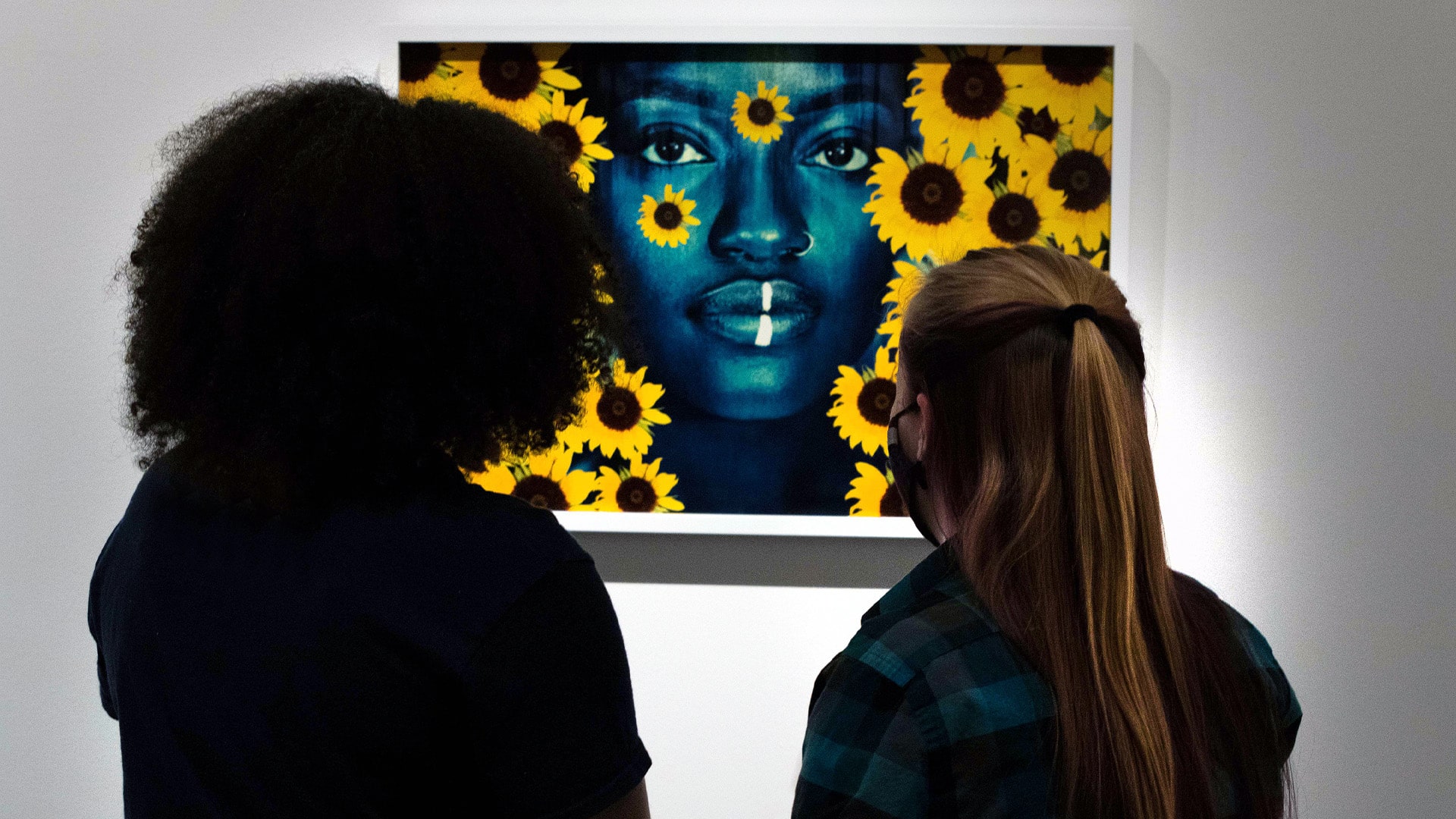

Printable Poem Activity Make your own sijo (traditional form of Korean poetry) inspired by Seok Mo Ro-in’s Tiger.
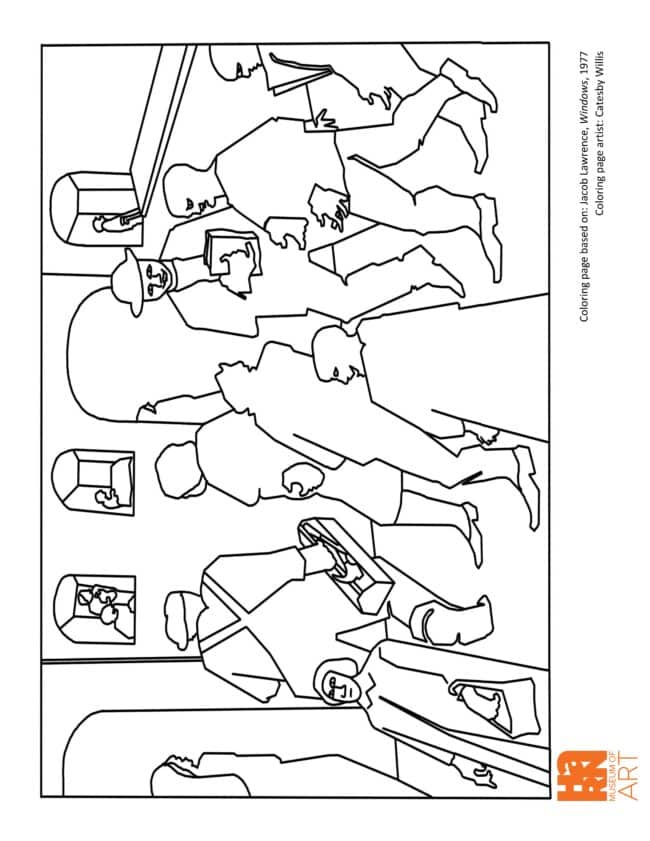
Coloring Page_Lawrence
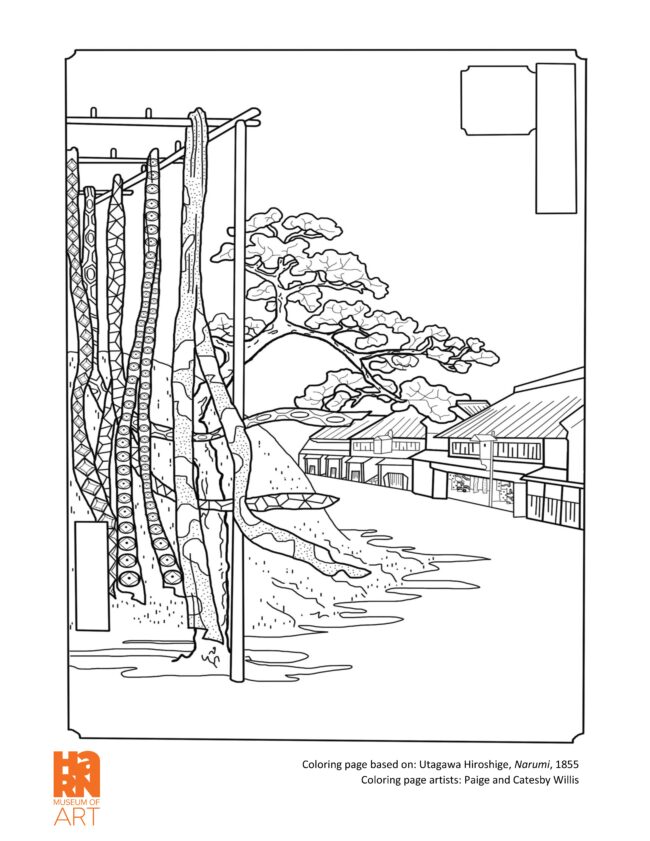
Coloring Page_Hiroshige

Coloring Page_Merian
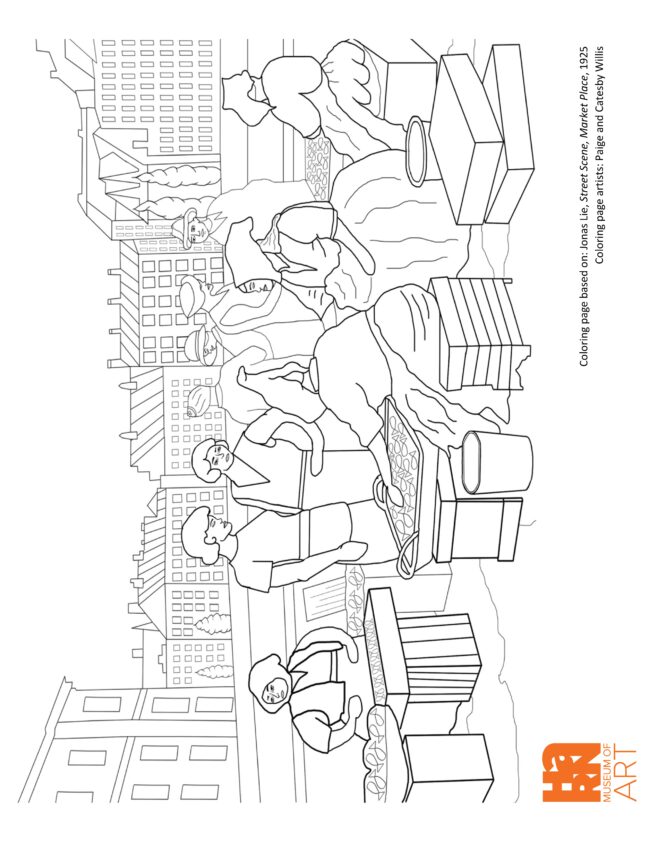
Coloring Page_Lie

Coloring Page_Raga
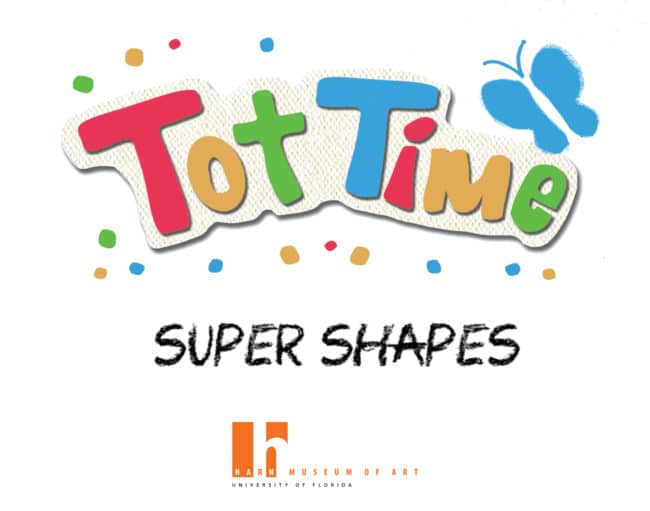
Watch the video to explore how shapes can come together to form super sculptures, then experiment with creating your own unique structures using circles, squares, rectangles, triangles and more! Definitions: Geometric Shape: a form made up of lines. Circles, rectangles and squares are examples of geometric shapes. Perspective: the...
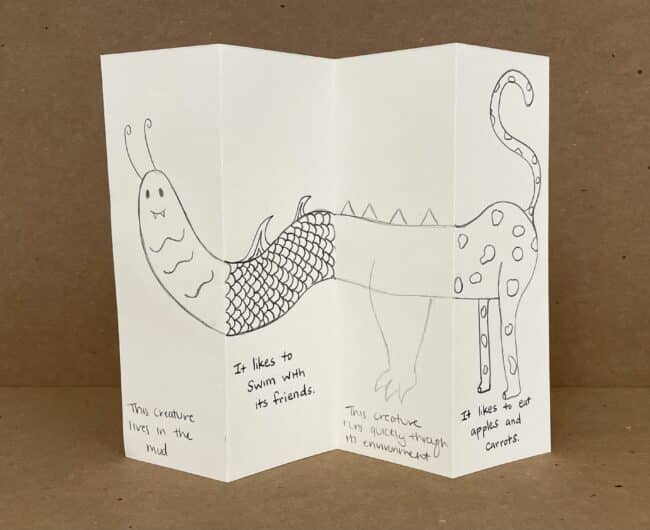
Dragons & tigers & cranes, oh my! Embark on an animal adventure by exploring the fascinating and fierce creatures on display in Everyday to the Extraordinary: Highlights from the Korean Collection. Uncover these animals’ special powers and unique appearances then discover how you can create your own magnificent creatures using shapes...
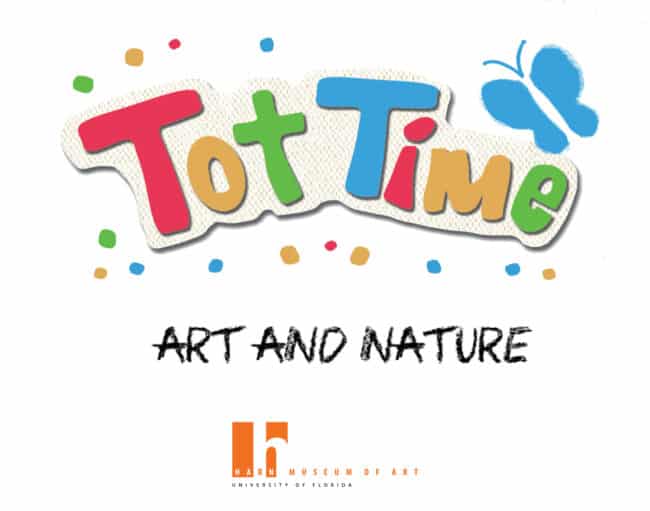
Celebrate Earth Day on April 22 and Arbor Day on April 30 with the Harn Museum of Art! Earth Day is a yearly event that celebrates supporting the environment through conservation efforts. Arbor Day is an annual holiday that celebrates the importance of trees in keeping the planet healthy. Drawing inspiration from...

Let’s learn about color with Rory the horse! There are three primary colors: red, yellow, and blue. What color does red and blue make when mixed together? What about blue and yellow? When two primary colors are mixed, they create a secondary color: orange, green, or purple. Learn more about color mixing...